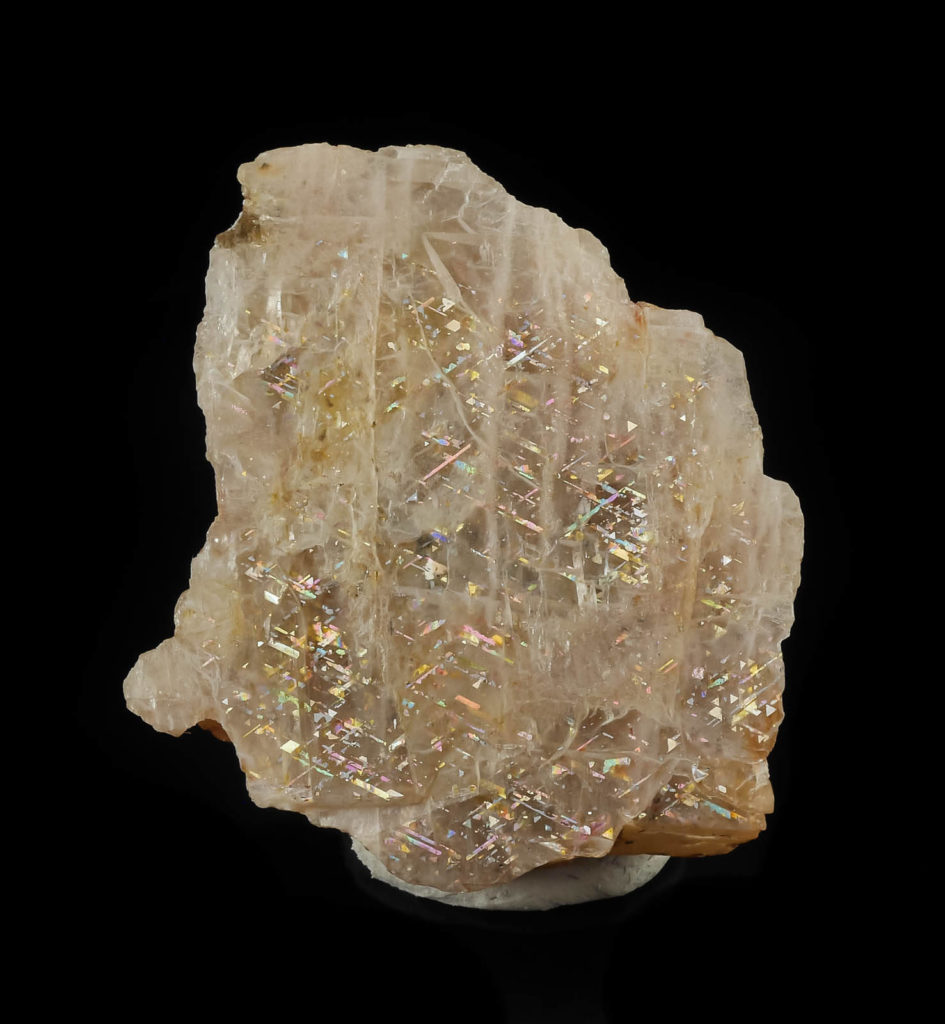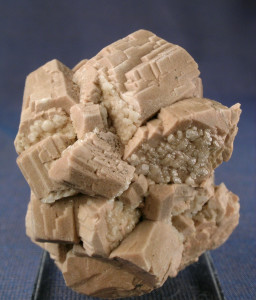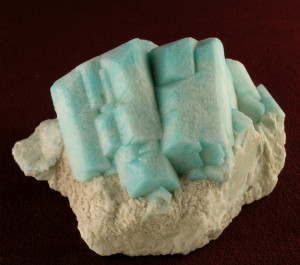Feldspars are a family of minerals that compose the vast majority of crystal rocks. They are tektosilicates that occur as an important mineral in most species of igneous and metamorphic rocks as well as some sedimentary rocks. The name feldspar is German and means field stone. It was used in antiquity as a wastebasket term to describe minerals that did not have any value as ore. Despite this, feldspar minerals are actually very useful industrially as a nonmetallic raw material in many products and occasionally as a gem. The term “feldspathic” is used by geologists to describe a rock that contains feldspar.

There are two main kinds of feldspars and a third kind which is rarer but worth mentioning. The two main kinds are plagioclase feldspars and alkali feldspars- both common rock forming minerals. The third kind are the barium feldspars, which are quite rare and rarely are rock forming minerals. Ammonium and rubidium analogues of feldspar can also be found in nature. They are extremely rare. The plagioclase feldspars form a binary solid solution series with a calcium rich plagioclase- anorthite (CaAl2Si2O8) on one end of the series and the sodium rich plagioclase albite (NaAlSi3O8) on the other side of the solid solution series. Labradorite and andesine are plagioclases that have intermediate chemistry in terms of their concentrations of sodium and calcium. Labradorite tends to be more calcic and andesine tends to be more sodic. Petrologists use the terms %Ab (percent albite) and %An (percent anorthite) to indicate the composition of the plagioclases. Albite and more sodic plagioclase tends to favor more sodic rocks and anorthite, or more calcic plagioclase tends to favor more mafic rocks. Anorthosites such as those present in upstate New York or the Moon are composed of nearly 100% anorthite. In thin section, plagioclase crystals have many visible striations which are caused by polysynthetic twinning in the crystals.


Alkali-feldspars also known as potassium feldspars are very common ans rock forming minerals in intrusive felsic to intermediate rocks like granite or or as porphyroblasts in aphanitic (fine grained) extrusive igneous to intermediate rocks such as rhyolite or andesite. Orthoclase variety adularia and microcline especially the amazonite variety are popular as mineral specimens and are formed in alpine and granitic environments respectively. Amazonite is treasured for its vivid blue green color which is caused by impurities of lead- quite unusual considering lead metal or ions have no color of their own. Recent research suggests iron impurities may also have a role. It is typically found in granitic environments, especially pegmatites and is associated with smoky quartz, fluorite, topaz, cassiterite, columbite-tantalite, and other accessory granitic minerals. Adularia is a variety of orthoclase that forms diamond shaped crystals ranging in color from creamy white to peach. Sometimes adularia crystals are coated with other minerals, usually chlorite. It is typically found in alpine clefts and hydrothermally altered granites where it occurs with minerals like chlorite, smoky quartz, epidote, rutile, chabazite, stilbite, fluorite, apatite, and titanite. It is not extremely popular as specimens with the exception of fine examples from classic European alpine locations. These have very fine pedigree.
The Barium feldspars are rare and only seldomly occur as rock forming minerals. These minerals are typically massive and are associated with other barium and some strontium minerals such as brewsterite, strontianite, harmotome, and baryte. Most often, these minerals occur in alpine veins or marble hosted zinc oxide ore deposits like those in Franklin, New Jersey.
